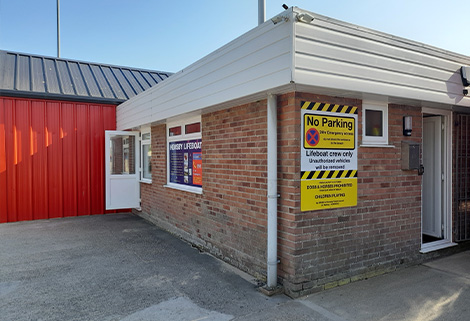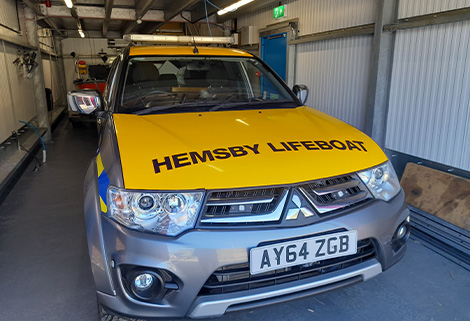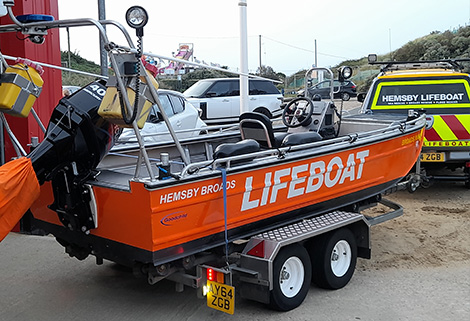cooking on the cut
with Lisa Munday
What a wintery start to December we have had, with very seasonal frosts, snow flurries, beautiful skies and those wet and murky mornings when we patiently wait for daylight!
Our winter solstice isn’t far away, marking the shortest day which is apparently almost nine hours shorter than the longest day of the year.
Yule is the 12-day festival centred around the solstice giving us our familiar traditions such as the Christmas tree, the Yule log and Christmas wreath.

Holly was a part of early English folklore.
The sharp pointed leaves were thought to symbolise the crown of thorns and the red berries symbolising the drops of Christ’s blood.
A holly wreath on the door at Christmas began during the seventeenth century and signified a home that celebrated the birth of Christ.
I have a hand tied swag of holly and ivy as a simple decoration to hang in the front of the boat, although I have made wreaths for other people using twisted willow branches as the frame.
I just love those festive ingredient combinations. Pears, oranges, cranberries and pomegranates along with the soft cheeses like brie and stilton with walnuts and hazelnuts. Rosemary, sage and bay really come into their own at this time of year too with tray roasted veggies, homemade stuffing and roasts. Then there are all those chutneys and pickles made in the Autumn to enjoy with an array of cheeses and meats.
Grazing boards and nibbles are one of our favourite ways to pass a winter evening on in front of a warm fire. I have shared some of my favourites.
Pear, blue cheese and walnut are a perfect combination. Or Brie, black grape and celery on cocktail sticks.
Dried apricots individually topped with soft blue cheese spread and chopped almond pieces, fiddly to make but are tasty little mouthfuls.
Warm savoury little sausages served with a dip made from 4 tbsp crème fraiche or natural yogurt, 1 tsp Dijon mustard and 1 tsp sweet chilli dipping sauce.
Whip up some cream cheese with a squeeze of lemon juice and salt and pepper, spread over toasted bread strips and top with pieces of smoked salmon.
A pack of shop bought puff pastry can go a long way when making little savouries. The easiest way is to roll out the pastry onto a baking sheet, score an inch in round the edges to form a crust and brush the edges with beaten egg, spread a thin layer of cranberry sauce from a jar and dot with pieces of brie and broken pieces of walnut, season with salt and pepper and bake for 20 minutes, then cut into bite sized pieces. Alternatively cut the pasty into squares and place into a tart tin before filling. Or brush the entire base with beaten egg, dot with finely sliced fried mushrooms or leeks and small pieces of stilton before baking. You can make cheese straws using a sheet of puff pastry cut into strips, very lightly brush with beaten egg, sprinkle with cheddar, or parmesan and a fine scattering of paprika, twist each strip and transfer to a lined tray, top with a sprinkling of sesame seeds if you have them and bake for about 15 to 20 minutes until crispy and golden.
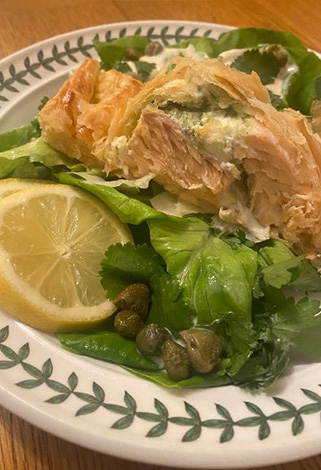
QUICK AND EASY SALMON EN CROUTE
- 1 pack of puff pastry
- 2 large salmon fillets
- 1 pack Boursin soft herbed cheese
- 1 beaten egg to glaze
Line a large baking tray with baking paper and unroll half a packet of puff pastry over the paper. Peel the skin off the salmon if possible then lay the first fillet skin side down over the middle of the pastry, spread a generous amount of Boursin (or similar) herbed soft cheese over the fish. Place the second fillet on top and gently lay the other piece of puff pastry over the top. Trim round the edges to leave a 1” border and press down the edges.
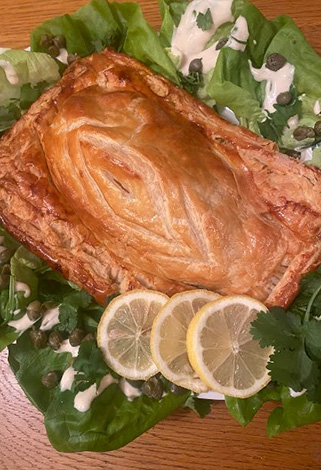
Lightly mark a diamond pattern over the top of the pastry taking care not to cut through and make a slit in middle to let the steam out. Bake for about 20 to 25 minutes until the pastry is risen and golden.
ROAST GOOSE AND STUFFING
We are having goose this year and after trawling various recipes I think I have come up with my take on a festive roast goose, less is more in terms of extra ingredients. Make sure any extra pieces of fat are taken out of the cavity and place half of an onion and half a small orange along with some herbs inside the bird before cooking. The trick is to sit it on a rack, breast side down over the roasting tin and prick the skin all over to allow those fats to drip out, if you don’t have a roasting rack use a cooling wire or the grill rack over the roasting tray. Add Malden salt flakes and fresh ground black pepper over the skin and cover with foil. Remove the foil for the last half hour of cooking, gently flip the goose over to breast side up to allow the skin to crisp up and brown.
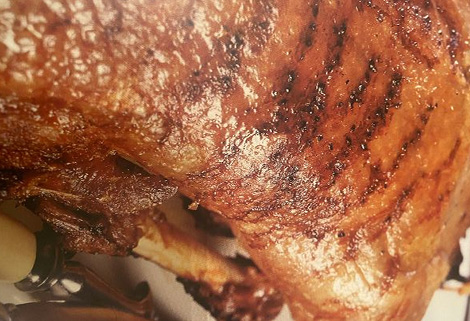
The general cooking rule is 15 minutes per 450g/1lb at about 180 fan, plus an extra 15 minutes. Check during cooking as plenty of fat will drip out and it may need draining off. Save it for those roasties!
Stick a skewer into the meatiest part of the leg, when the juices are clear you’ll know the bird is cooked.
No basting required as it’s quite fatty, however do keep checking up during cooking and drain the excess fat off for the roasties. Remember to rest for at least 20 minutes before carving and bring to room temperature before placing in the oven.
SHALLOT, SAGE, HAZELNUT AND ORANGE STUFFING. Roll into balls or stuff inside the bird.
- 350g shallots
- 1 tbsp sugar
- 4 tbsp butter
- Finely grated zest and juice of 1 large orange
- 3 tbsp chopped fresh sage
- 85g roughly chopped, roasted hazelnuts (without skins preferable)
- 150g white breadcrumbs
- 1 egg beaten
- Salt and pepper
Fry the shallots in the butter until golden brown, add the sugar and orange juice. Simmer until the liquid has almost evaporated. Pour some boiling water over the sage and leave for 1 minute, then drain and squeeze dry. Add to the shallot pan with all the other ingredients.
Stuff inside the bird or roll into balls to cook in the oven,
DELICIOUS CAULIFLOWER AND BROCCOLI CHEESE WITH STILTON AND CHUNKY BREADCRUMBS
Cook the cauliflower and broccoli in salted water until just tender, strain and reserve.
Meanwhile make the sauce by melting 30g butter in a saucepan, stir in 30g plain flour and cook for one minute continuing to stir well, then take off the heat and beat in 600ml (1 pint) milk, a little at a time, returning to the heat to simmer to thicken, add a pinch of ground nutmeg and salt and pepper, add a dash of white wine or cider vinegar if you have it.
Once the sauce has thickened add a little grated cheddar. Place the cooked and strained cauliflower and broccoli in a buttered ovenproof dish and pour the sauce over to cover. Sprinkle the top with torn pieces of wholemeal bread and crumbled stilton. Up to this stage can be prepared ahead. Reheat in the oven until the topping is crunchy and the cheese sauce is bubbling underneath.

VARIOUS WAYS WITH MASH
- Fry small pieces of chopped bacon in a little butter and add to the mash.
- Add a little apple sauce to the mash if serving with pork.
- Crispy topped mash. Boil the potatoes in their skins. Once cooked remove the skins and spread onto a buttered baking tray, crisp up in the oven or over the stove while you mash the potatoes. Chop the crispy skins and spread over the top of the mash.
- Roast a whole garlic wrapped in foil and butter in the oven for about 15 minutes until soft and caramelised. Squeeze the bulbs out of the skin when cooked and combine with the mash and butter.
- Add celeriac to the potato pan and mash with a pinch of nutmeg and dash of milk and butter.
- Fry sage leaves and chop finely before adding to the mash, rosemary works well the same way.
- Add finely chopped fried shallots and a little cream.
MULLED WINE Is one way to warm up and is perfect simmered over the log burner (or next to it if the fire is roaring). My homemade mulled wine uses a bottle of dry red wine, a generous dash (about ¼ cup) of brandy and a few aromatic extras such as a cinnamon stick, 4 whole cloves, 2 star anise and a peeled sliced orange, sweeten to taste with 2 to 4 tbsp sugar or honey. It will fill your boat with those Christmassy aromas!
If there’s any left, pour it over your chopped red cabbage and let it simmer away over the stove.
SPICED MULLED CIDER uses 1 litre of good vintage cider gently simmered with 2 cloves, 1 stick cinnamon, small 2cm piece sliced ginger, 2 mini oranges thinly sliced, 1 tbsp sugar, 100ml rum (golden or spiced) and 100 ml rum.
HOME MADE HOT CHOCOLATE If it’s too early for alcohol can be as indulgent as you like, my version uses one third cream to milk and whole chunks of melted chocolate. Don’t count the calories for this one!
Whisk together in a pan over low heat 1 ½ cups milk with ½ cup double cream, few drops vanilla essence and 2 tsp icing sugar, keep on low heat and don’t allow to boil, remove from heat and add 230g dark chocolate bar (at least 70% coco solids) broken into small pieces, stir until melted. Top with extra whipped or squirty cream and marshmallows (optional) if you have them.
Staying with the boozy theme, another festive favourite is poached pears in port. They can be done in advance and make a lovely desert after meal or a cheese board. These are made using cinnamon, but you can swap this for cardamon or star anise. It uses a lot of port, but the leftover syrup can be re used over dried fruit or thinned down with water for a second batch.
POACHED PEARS IN PORT
- 4 large or 6 small pears
- Juice of ½ lemon
- 280g sugar
- 1 cinnamon stick
- 600 ml (1 Pint) port
Peel, half and core the pears, squeeze the lemon juice over and rub into the flesh. Put the other ingredients into a saucepan, gently place the pears into the pan and very slowly bring to a simmer. Add a little hot water to ensure the pears are covered or slice them if the are too big. Cover with grease proof paper and the pan lid and very slowly poach for 30 to 40 minutes, carefully turning in the liquid a couple of times during poaching. They will become slightly translucent and take on the colour of the port. Carefully lift out and place in a dish. Boil the remaining liquid to reduce down to a syrup and pour over the pears. Serve with a dollop of clotted cream, crème fraiche or ice cream.
Sweet things at Christmas can be as convenient and ready bought or homemade as you like. Homemade truffles and peppermint creams remind me of my childhood when we used to make these at home.
CHRISTMAS SHORTBREAD Makes a lovely alternative to mince pies and is quick and easy to make.
- 325g plain flour
- 225g butter
- 110g caster sugar
- Pinch salt
- 1 jar (340g) mincemeat, warmed next to the fire to loosen up
- Icing sugar to finish
Line a small roasting tin, cake tin or similar. Measurements aren’t too important as the thickness of the shortbread can vary.
Mix the flour, sugar, salt and butter with the end of your fingertips until resembles sand, the finer the better. Don’t bring the mixture together. Tip half into the tin and press down firmly with your hand or the bottom of a glass. Spread the warm mincemeat over the mixture and then tip the rest of the shortbread mixture over the top, spread well and press down to flatten. Cook in a moderate oven for 25 mins until golden. Allow to cool completely before turning out cutting into squares. Dust with a little icing sugar to finish.
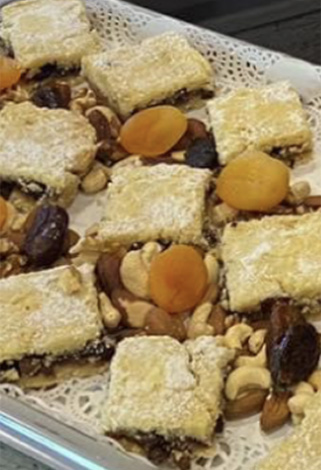
FLOUR FREE CARROT ALMOND AND COCONUT CAKE
- 3 eggs
- 120g caster sugar
- 2 tsp vanilla essence
- 200g ground almonds
- 100g dessicateds coconut
- 2 heaped tsp ground cinnamon
- 100 ml light olive oil
- 200g grated carrots
- 50g chopped pumpkin seeds
- Icing sugar to finish
Preheat the oven to 160 fan and line a round or square cake tin with greaseproof round the sides and on the bottom.
Whisk the eggs, sugar and vanilla essence together until light and fluffy, add the ground almonds, coconut and cinnamon and stir well. Then add the olive oil, carrot and pumpkin seeds and stir well to combine. Spoon the mixture into the tin and bake for about an hour, check after 40 minutes. Turn round in the oven if need to bake evenly. Remove when cooked and allow to cool then finish with a dusting of icing sugar.
Hopefully we will all have a warm, safe and cheerful festive season and a happy and healthy new year with many memorable boating adventures ahead.



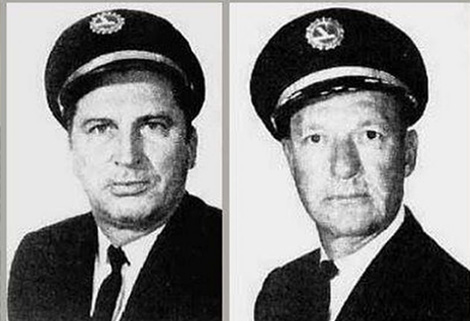

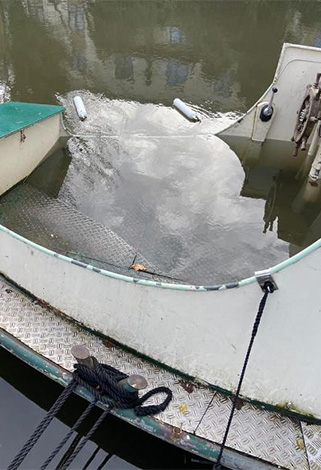
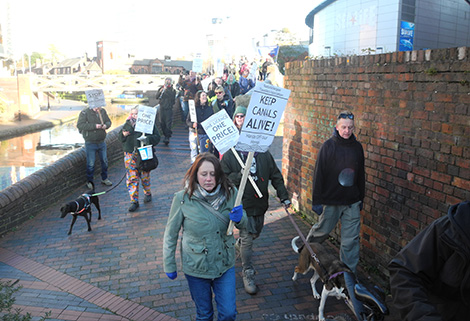
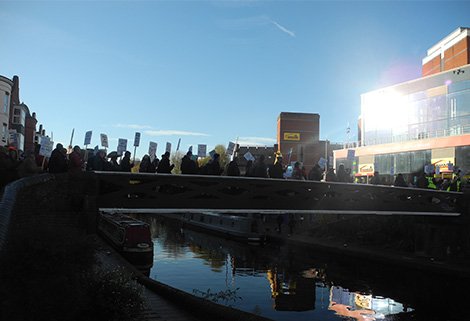
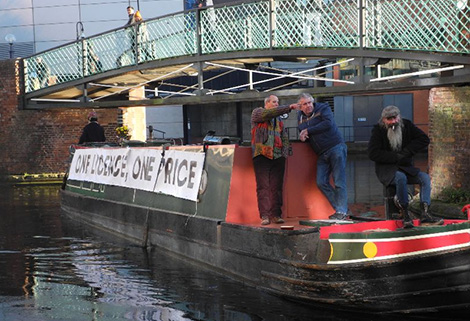
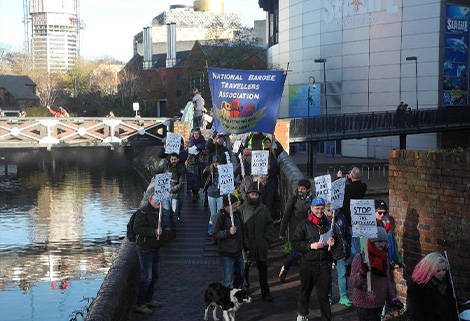
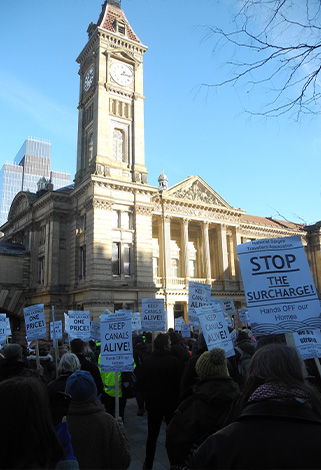
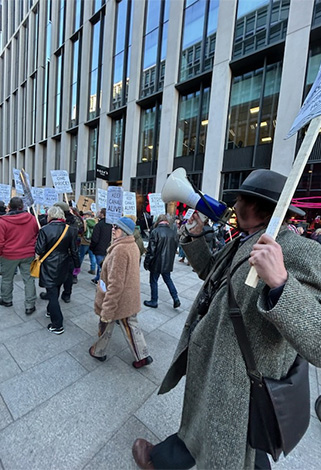
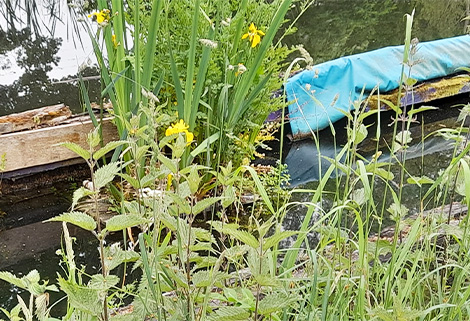
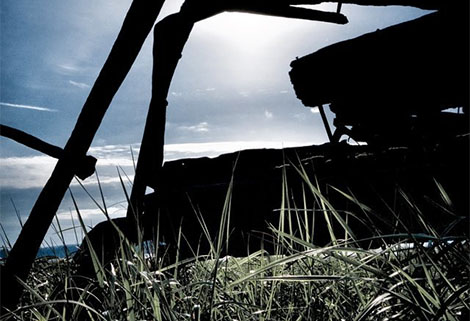
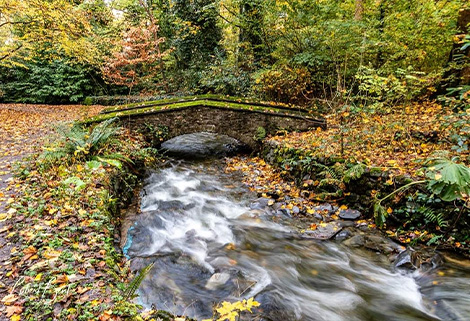
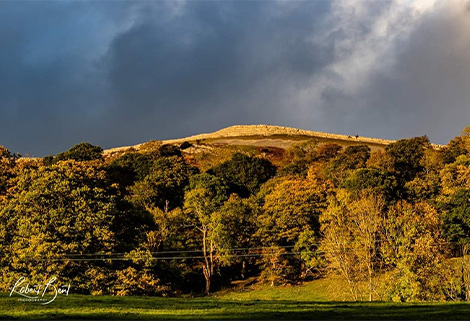
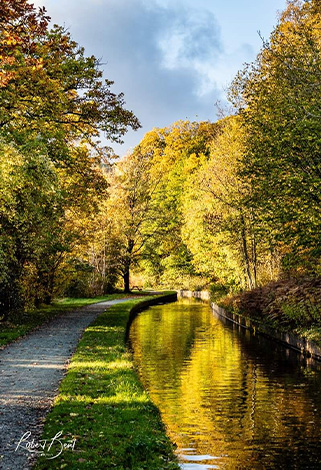
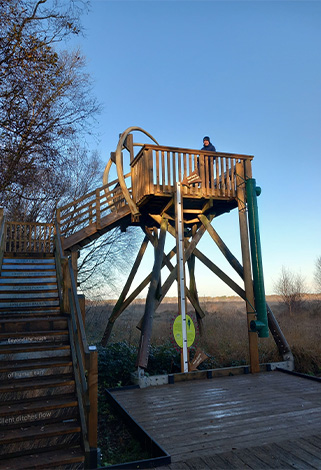
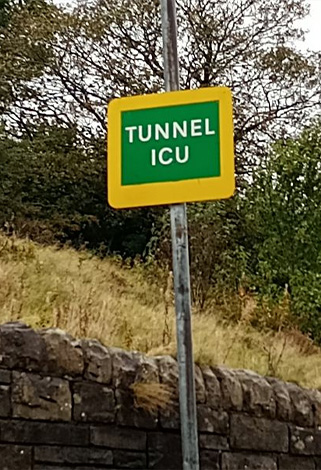 The Standedge Tunnel
The Standedge Tunnel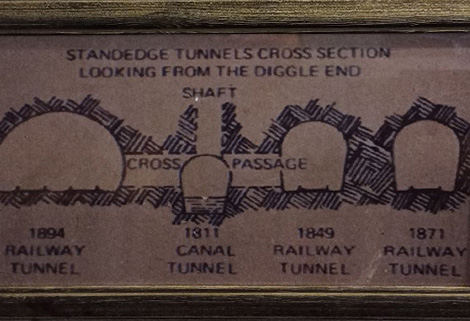
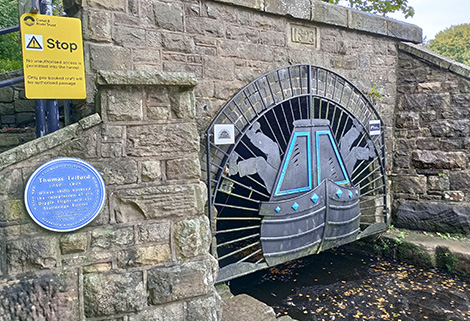
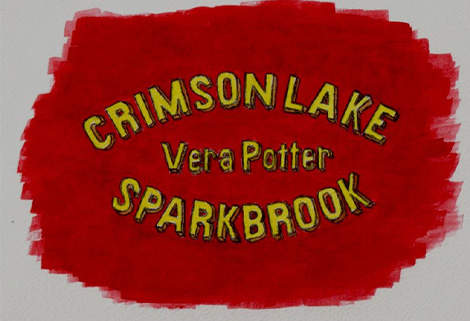
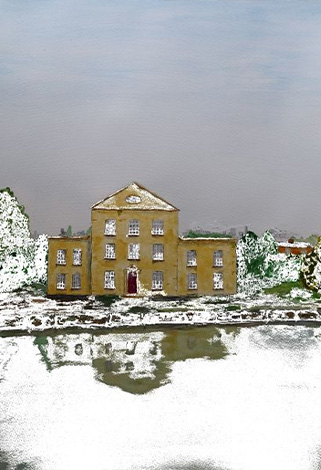
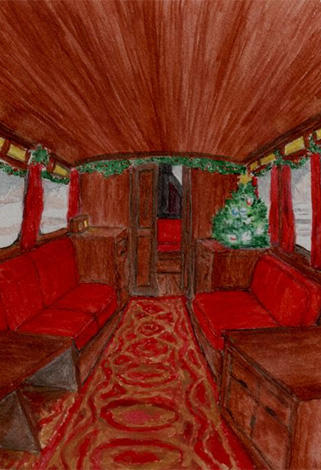
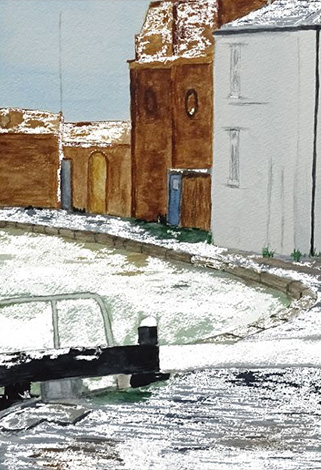

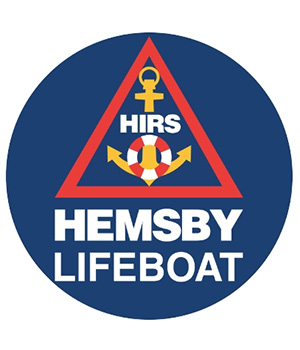 The story of the “Lifeboat for the Broads” really began in 1999 when following a call from Great Yarmouth Coastguard requesting the inshore inflatable lifeboat stationed on the coast at Hemsby to attend an incident several miles inland on Hickling Broad.
The story of the “Lifeboat for the Broads” really began in 1999 when following a call from Great Yarmouth Coastguard requesting the inshore inflatable lifeboat stationed on the coast at Hemsby to attend an incident several miles inland on Hickling Broad.